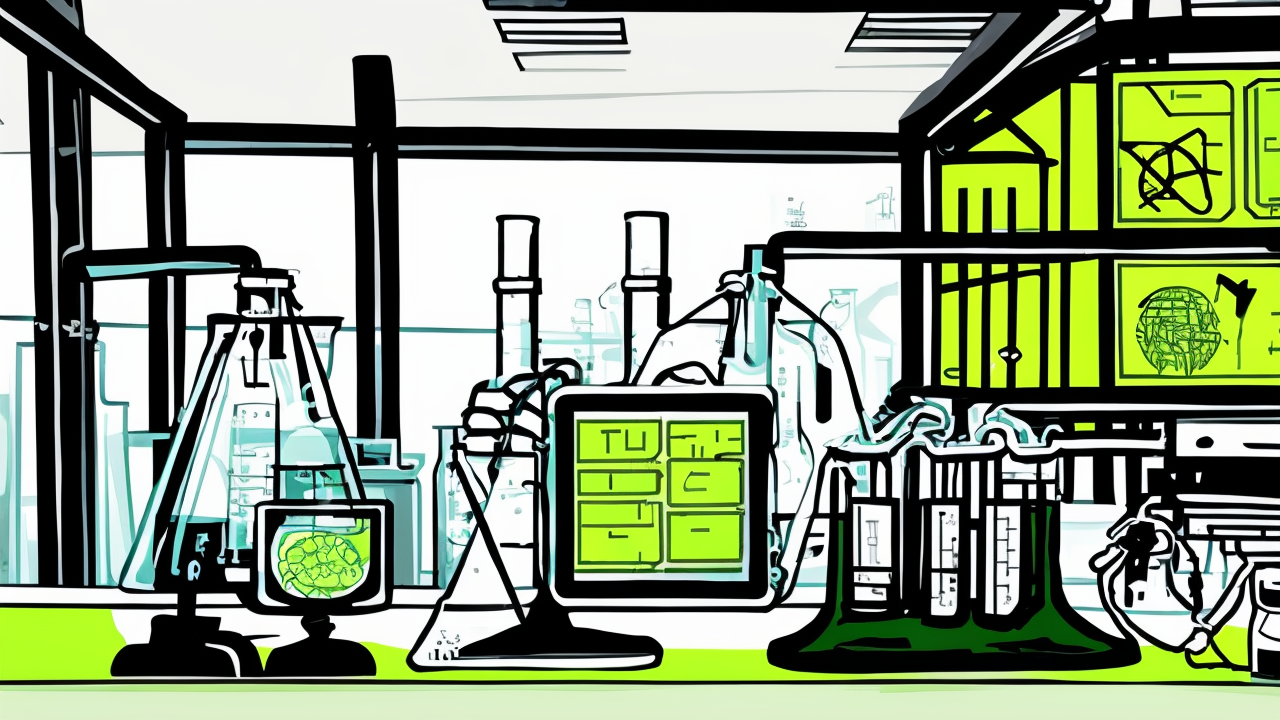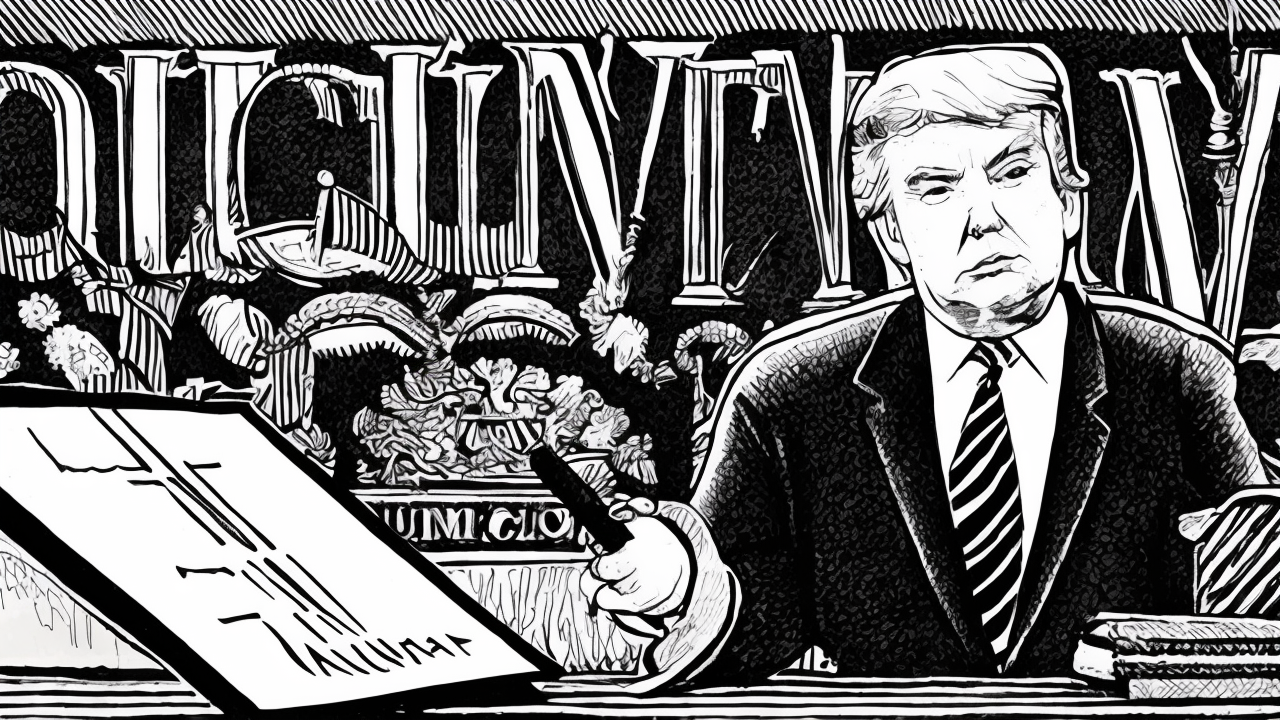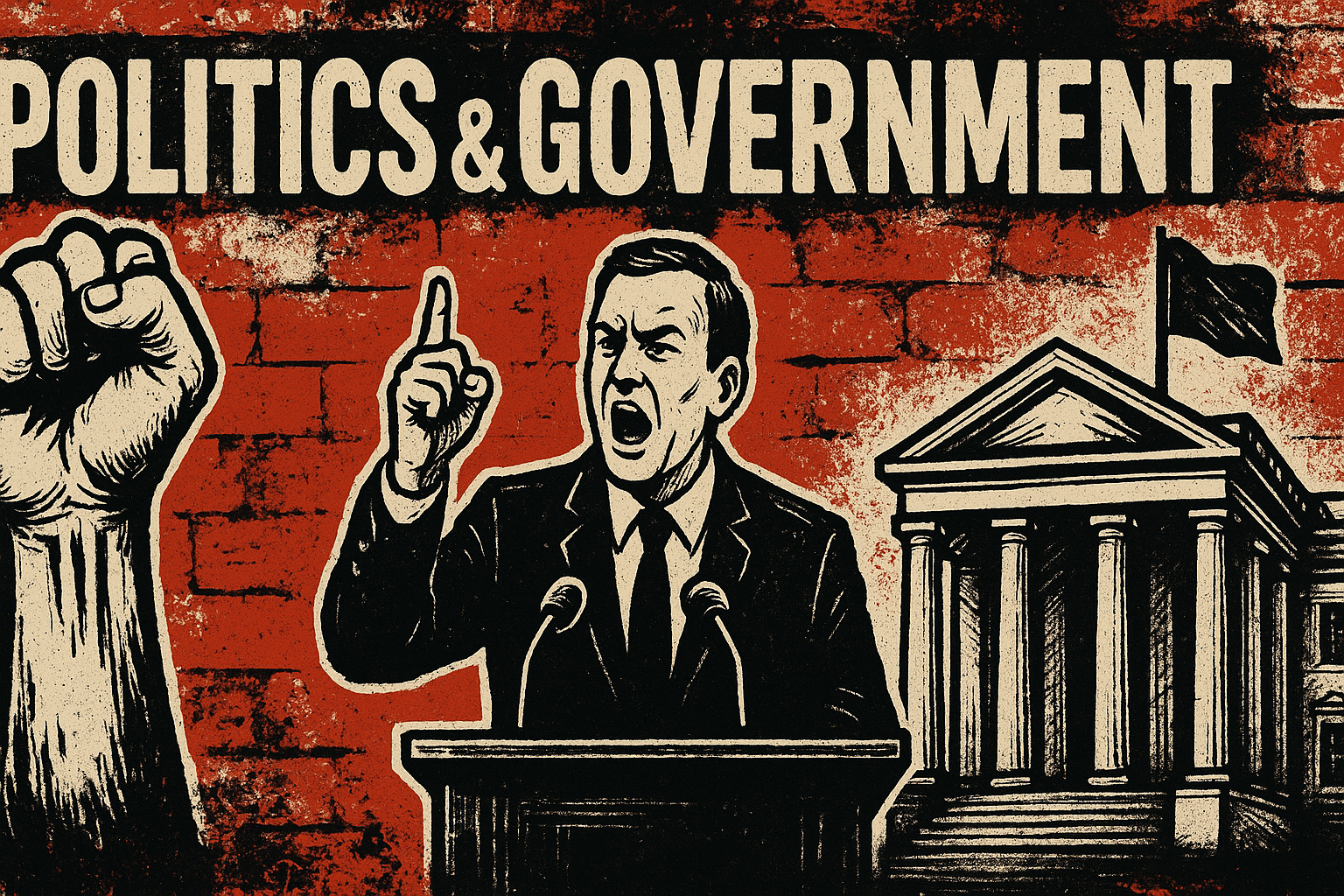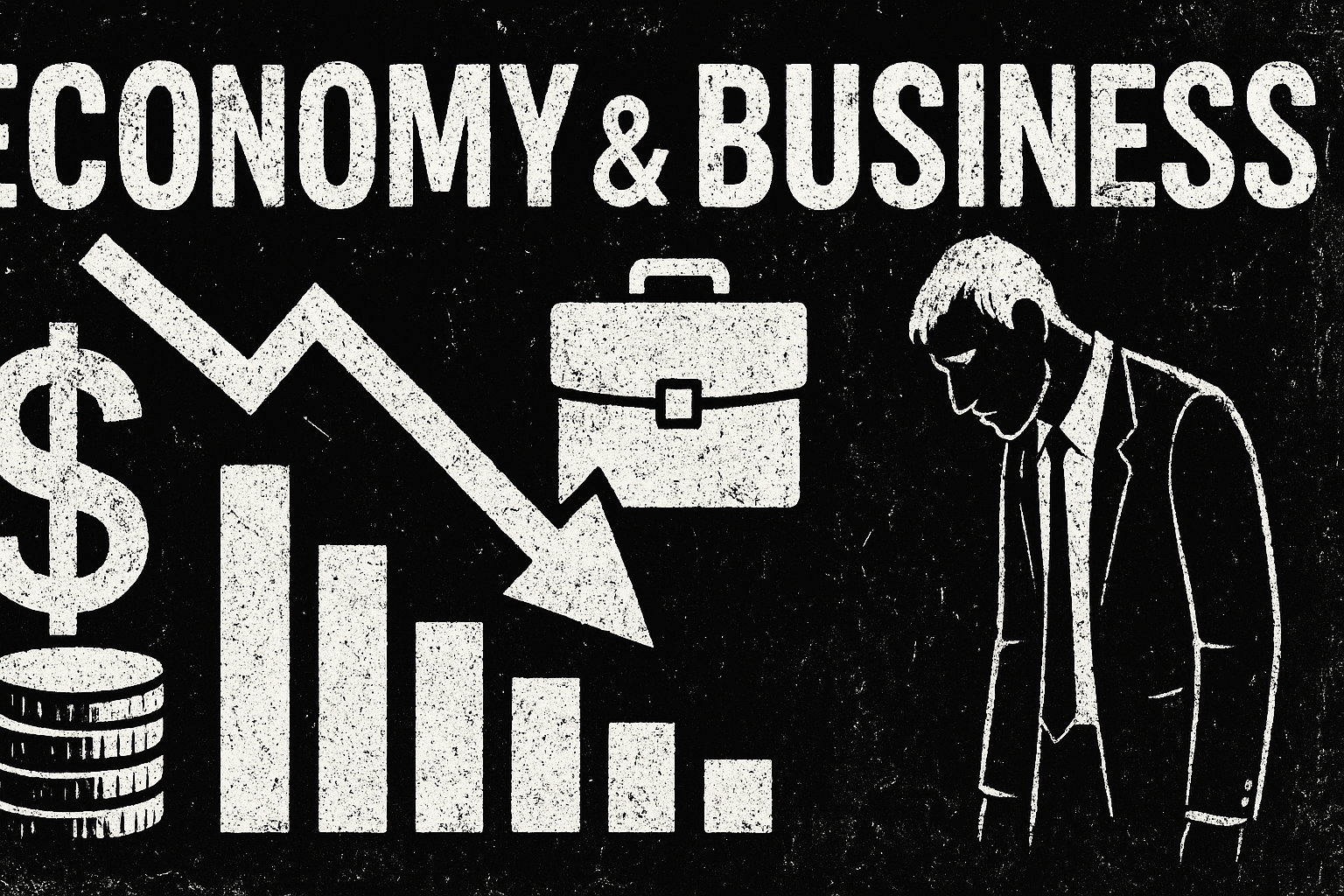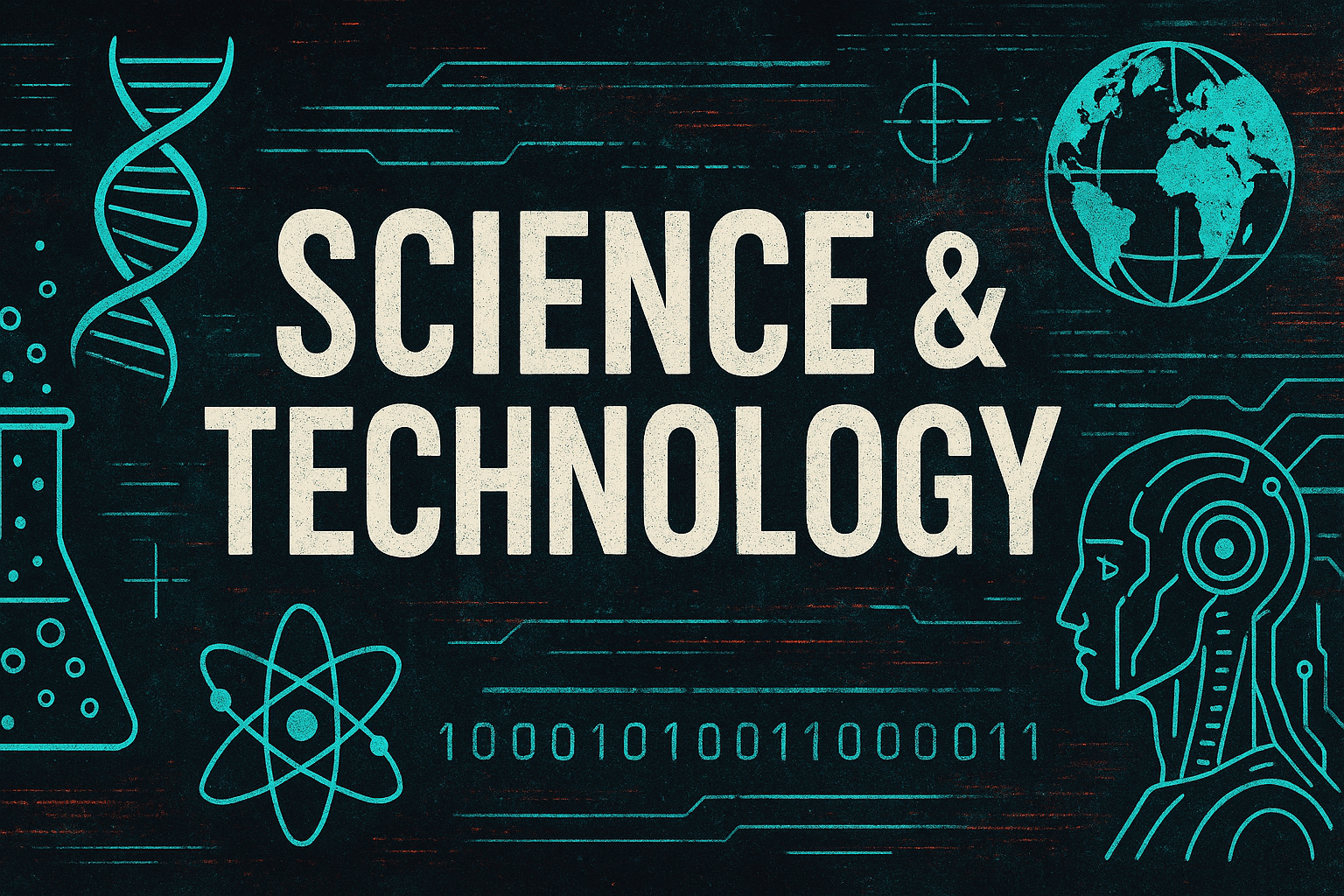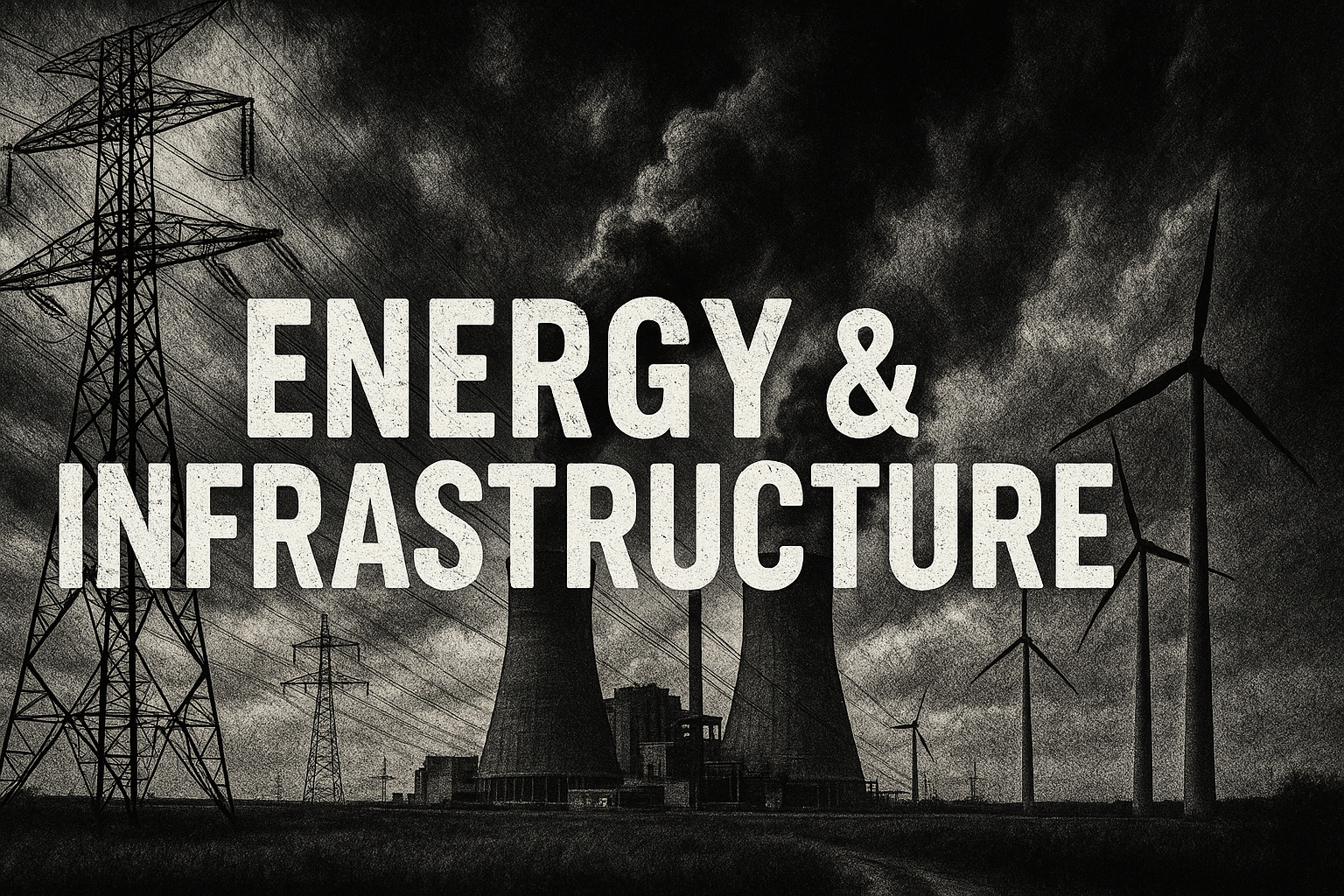Net Zero Electricity Transition Collapsing in the U.S.

The U.S. renewable electricity transition is failing as state goals to achieve 100% Net Zero electricity by 2050 are being undermined by federal policy shifts, rising power demands from the artificial intelligence (AI) revolution, and technical challenges with grid-scale batteries. States like New York and California, which had ambitious plans to transition to renewable energy, are now facing significant obstacles. Federal funding for wind, solar, and grid batteries is being slashed, with the One Big Beautiful Bill Act (OBBB) eliminating key tax credits and subsidies that have supported renewable projects for decades. At the same time, the AI revolution is driving a massive increase in electricity demand. Data centers, which now consume 4% of U.S. electricity, are projected to consume 20% within the next decade. This surge in power demand is overwhelming existing infrastructure, as coal and natural gas plants are being closed to meet renewable targets. Grid-scale batteries, once seen as a solution to the intermittency of wind and solar, are proving unreliable and dangerous. In the last two years, California and New York have experienced multiple battery fires, which release toxic gases, disrupt communities, and are costly to extinguish. These fires have raised concerns about the safety and feasibility of large-scale battery storage. The high cost of renewable energy is also taking a toll. In California, electricity prices have risen 116% over the last 16 years, making it the second-highest in the nation. These rising costs, combined with the challenges of meeting AI-driven power demands and the unreliability of renewable sources, are forcing states to reconsider their energy policies. The failure of the Net Zero transition highlights the need for a more balanced approach to energy policy that prioritizes reliability, affordability, and practicality.
Published: 6/17/2025





